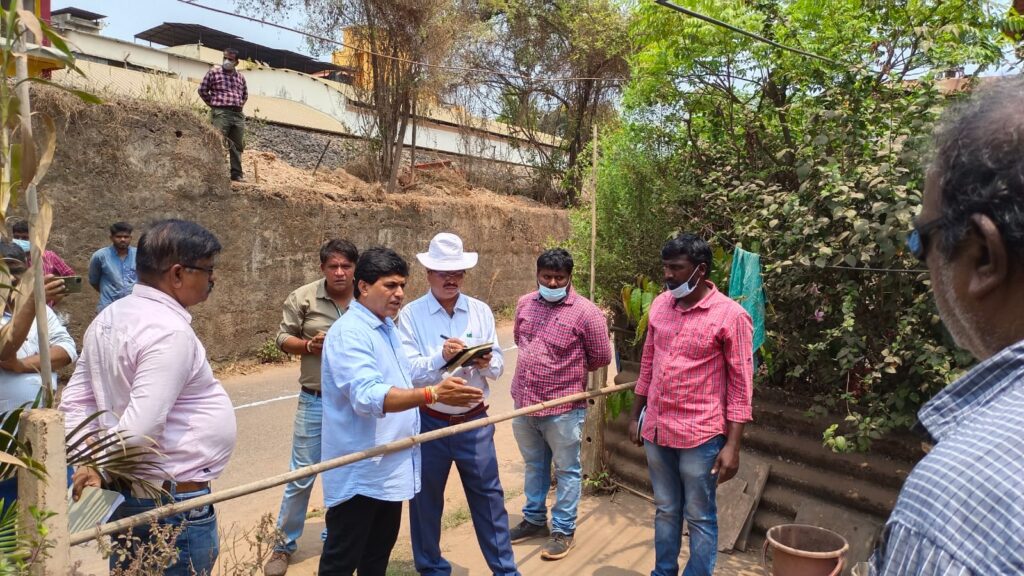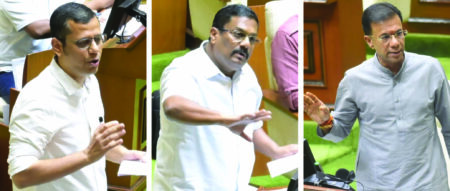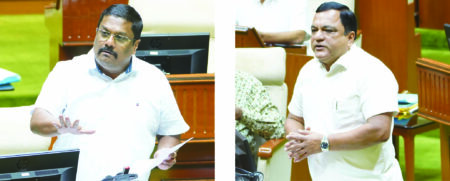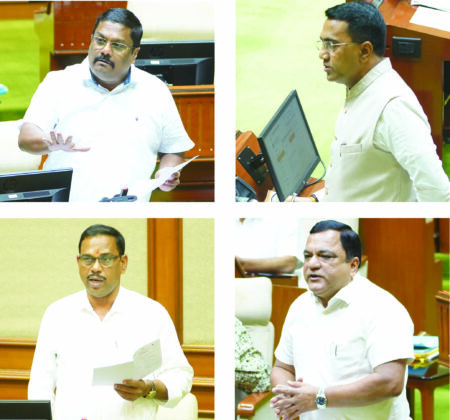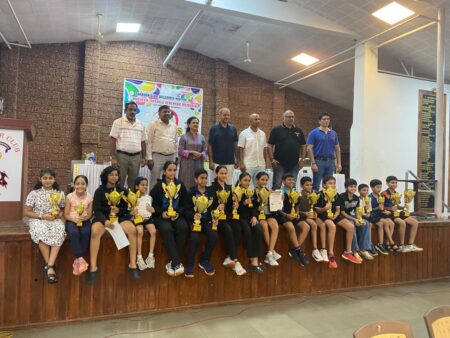 Goemkarponn desk
Goemkarponn desk
VASCO: Save Mollem group raises questions over Vasco MLA Salkar’s support to double-tracking work. The group claims that the double-tracking will be detrimental to the environment, health, and Goa’s heritage structures, which are close to the railway tracks.
According to the press note issued by the Save Mollem group, it said on 25th March, Vasco BJP MLA Krishna (Daji) Salkar stated that Vasco residents can rest easy that their homes will in no way be damaged by the proposed railway double-tracking that has been witnessed strong opposition from the community since its conception.
Salkar stated a meeting with railway authorities because “residents feared that their houses would be demolished if the railway expansion is carried out since the railway property is right till their doorsteps.”
After a joint inspection with Railways, PWD officials, the Dy Collector, ward councillor and local residents, Salkar said his proposal was a win-win.
Max, a resident of Velsao village and a retired engineer, reacted to the news stating that “Whilst it is difficult to accept that a gap of one meter would protect houses from the impact of piling, details of precautionary measures railway authorities claim have been taken to safeguard houses from doubling of the track must be shared with the local authorities/government as required by the Railway Engineering Code.’
With this query of no proper study done or research carried out left unanswered, the Railways have been given the green light to begin expansion work keeping in mind the less than 4-feet impact heavily contested by homeowners in the area.
“Their solution seems to miss the point that the double-tracking is detrimental for Goa’s natural and built environment. It is not about leaving 1 metre, but the very fact that the double-tracking will lead to increased frequencies of vibrations that will ultimately lead to the destruction of heritage along the track, besides the environmental and health impacts from its construction and subsequent coal transportation.”, said architect Lester Silveira who curates a Heritage at Risk Series that throws light on the rich traditions of Goan built
heritage.
He further added that no study has been done for assessing the impact of double-tracking on Goan heritage buildings. These buildings represent the Goan ethos and are mostly built out of traditional material, putting them at greater risk of damage from the existing track itself, let alone a second track.
Time and time again, the need for assessment, scientific backing and research has been touted as an important player in the development projects that threaten Goa’s environment, community and heritage. If these projects are allowed to go ahead, it could set a dangerous precedent and could be used to force the double-tracking in areas further down the line where there is a wealth of Goan heritage at risk.
Citing Goa Heritage Action Group concerns, their Vice-Chairperson Heta Pandit concluded that “Keeping a buffer of 1 metre between the railway track and a house is nothing short of ridiculous. Is that meant to be a relief? Heavy railway wagons 1 metre from the house will cause damage by vibration and noise. Anyone who says that there won’t be any adverse impact is lying or ignorant of the fragility of our Goan houses.”
Efforts were made to contact Vasco MLA Krishna (Daji) Salkar over a phone call in this regard, but he was unavailable.
Trending
- Oppn Demands Stronger Heritage Safeguards for Old Goa Amid Illegal Construction Concerns
- Goa-Gulf Connectivity Hit as Air India Express Halts Kuwait, Abu Dhabi Flights from Mopa
- Venzy flags tax disparity between commercial and residential units
- Sports dues to be cleared by Oct: CM
- Rules for Some? Gambhir Highlights Alleged Double Standards at The Oval
- Jasprit Bumrah Ruled Out of Fifth Test vs England, Akash Deep Likely to Replace Him
- EHN System Under Spotlight: Govt Defends Move Amid Oppn Heat
- Verenkar Memorial Major Ranking TT: Chandan, Ishita, Ruhaan, Anaya, Aarna, Ishaan Clinch Titles


